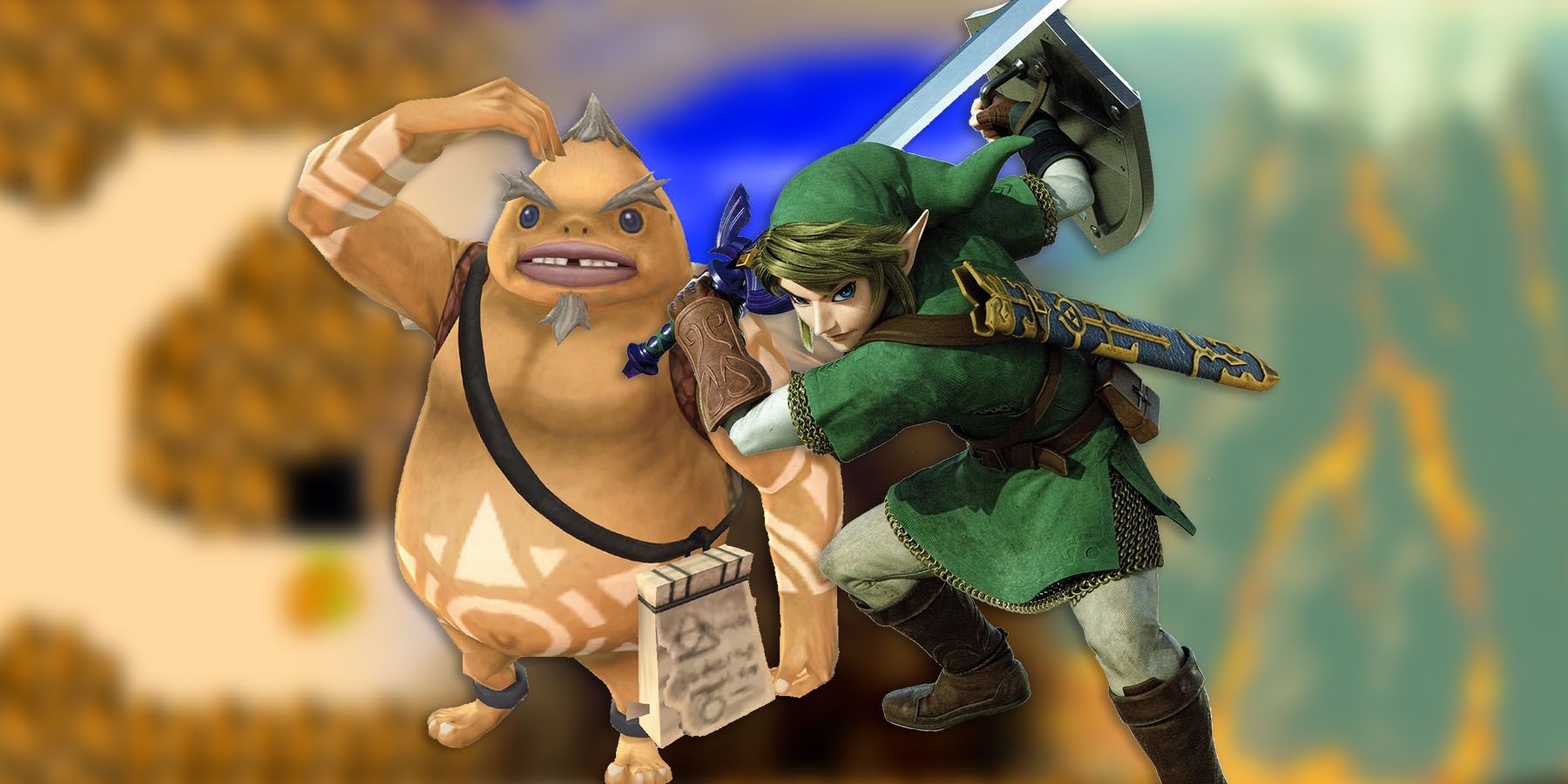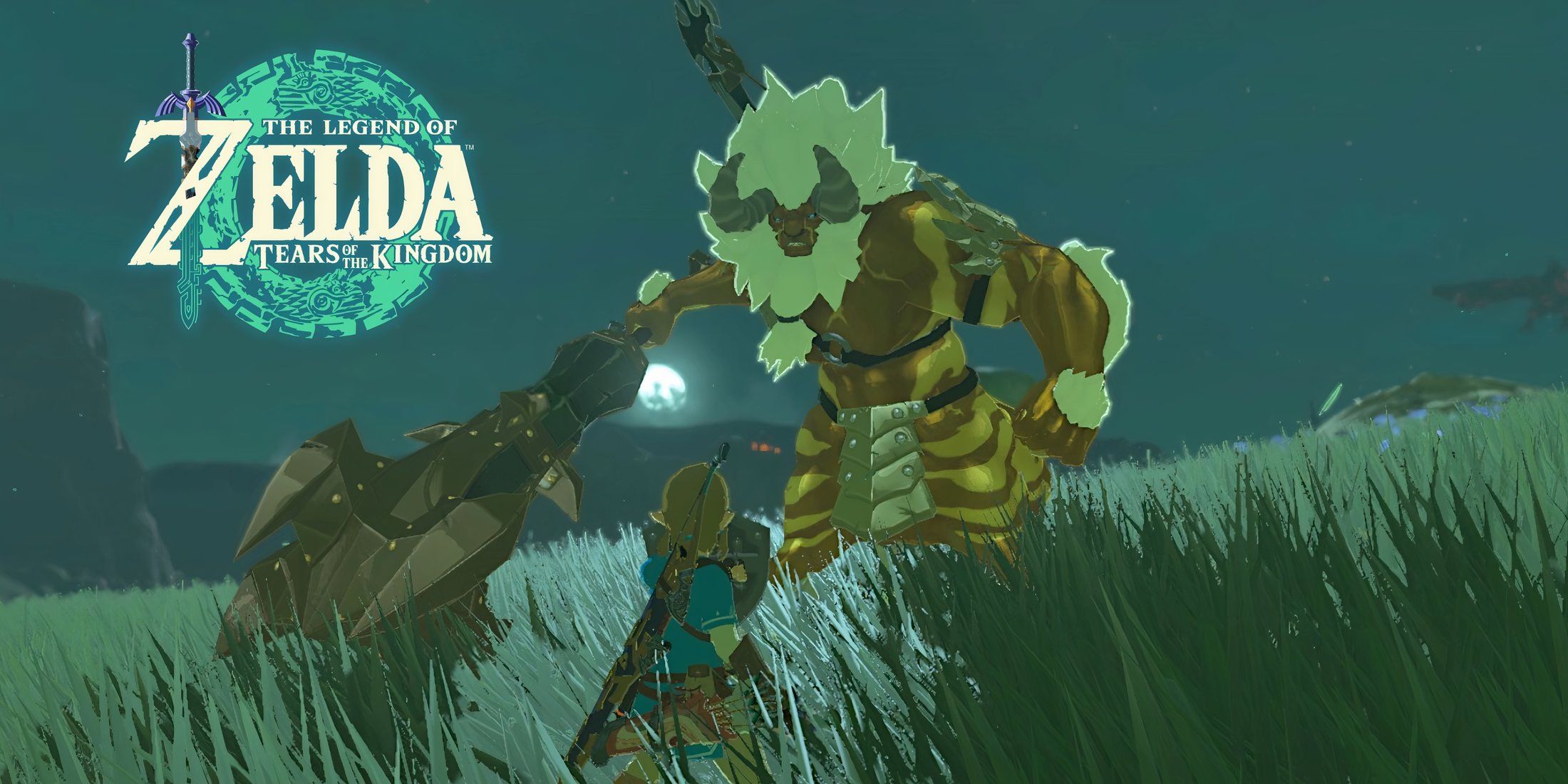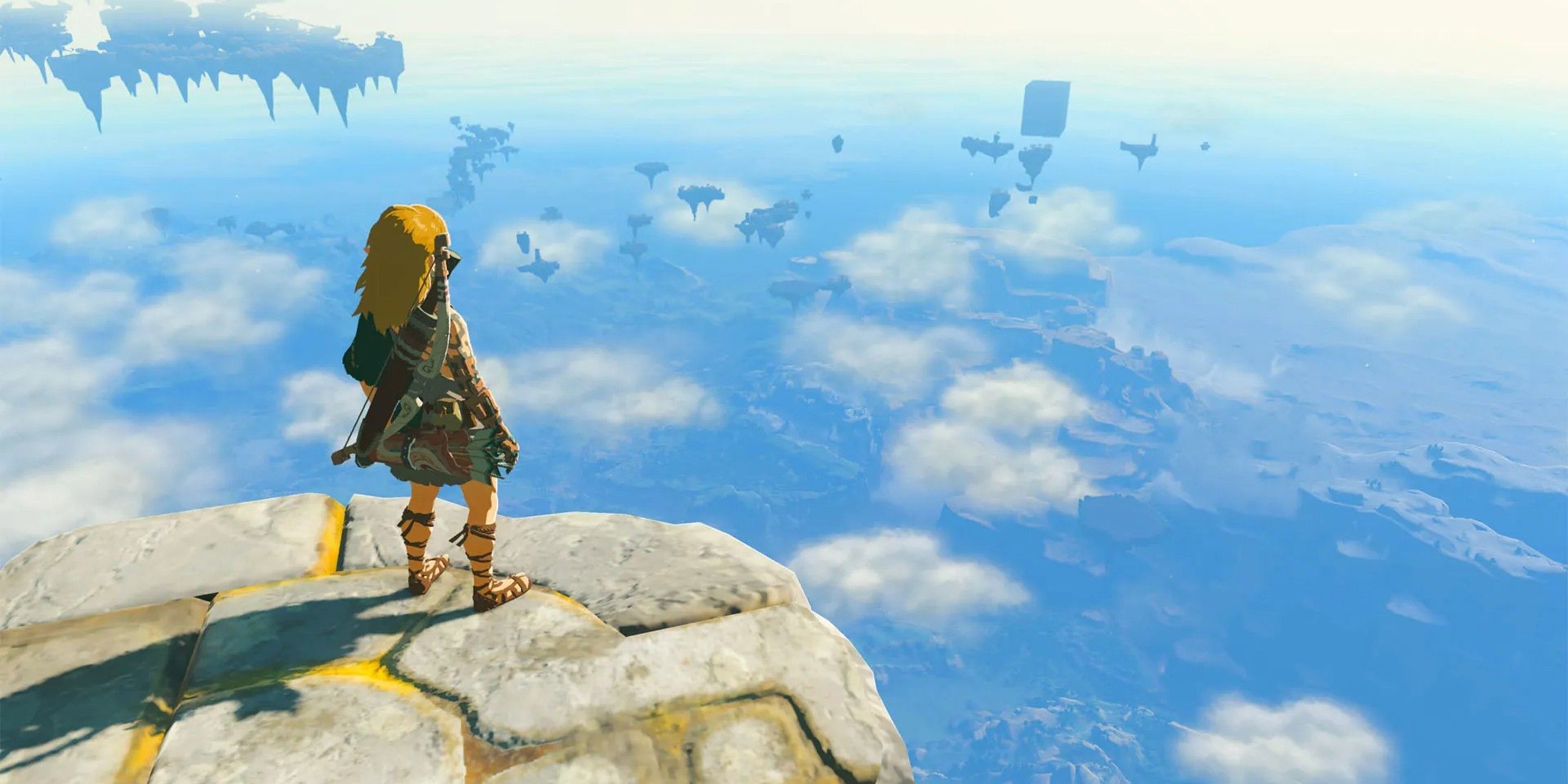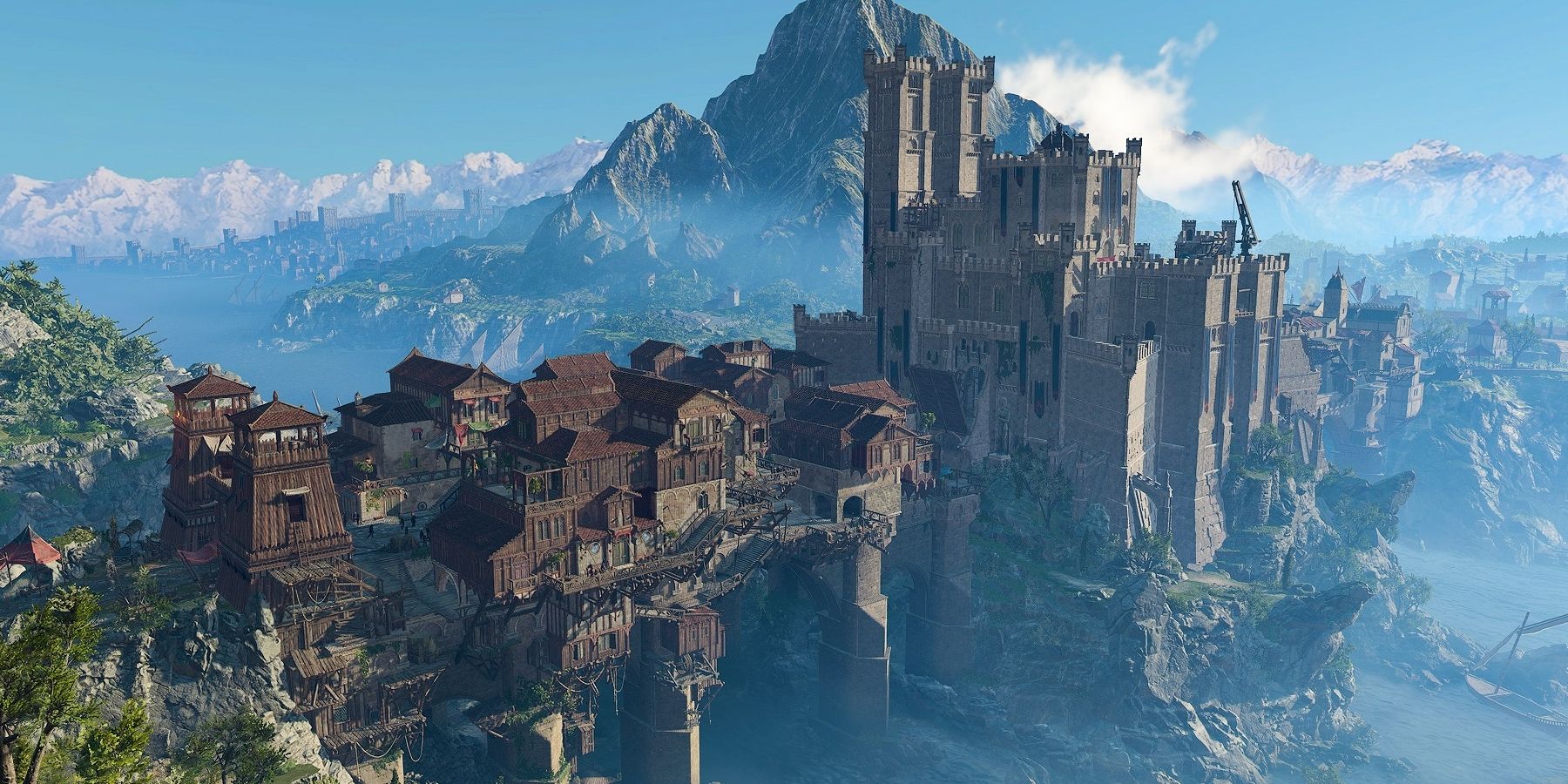Highlights
- The Legend of Zelda franchise is moving away from its "open-air" style of gameplay, but this could lead to new innovations and fresh experiences within the Zelda framework.
- Baldur's Gate 3 offers a well-realized fantasy city that feels believable and immersive, setting a potential blueprint for future Zelda games to create impressive cityscapes.
- The next Zelda game could introduce a major fantasy city with the same open-air gameplay as previous titles while offering a more visually stunning and detailed city experience with interactive buildings, NPCs, and secrets.
Whenever a sequel to The Legend of Zelda: Tears of the Kingdom comes out, it will, hopefully, serve as another shake-up for the franchise. As Zelda looks to the future, the path for a new style of game is being paved, and a key design element of this year's Baldur's Gate 3 serves as a potential blueprint for it.
Despite the booming success of Breath of the Wild and Tears of the Kingdom, long-time Zelda producer Eiji Aonuma has stated that the franchise will be moving on from the "open-air" style of game. This may come as a disappointment for some fans, but the developers should continue pushing forward and innovating within the Zelda framework. If the franchise is moving on from the sprawling, nature-centric design of The Legend of Zelda: Tears of the Kingdom, it may want to take some notes from Baldur's Gate 3.

The Legend of Zelda: How Death Mountain Has Changed from Zelda 1 to Tears of the Kingdom
Death Mountain has become an iconic location in the Legend of Zelda series, and it has gone through various changes since it first appeared.
How the Next Zelda Can Learn from Baldur's Gate
Why the City of Baldur's Gate Works So Well
Baldur's Gate 3's titular city is perhaps the most complete, best-realized fantasy city gaming has ever seen. While seminal fantasy titles like Skyrim, The Witcher 3, and other Zelda games have all produced impressive and beautiful cityscapes to explore and engage with, few of them feel believable as cities; in many cases, these patches of civilization can feel more like pretty boxes for quests and side activities than believable, crowded, fictional municipalities. Baldur's Gate doesn't have this issue, as it has the scope, level of detail, and complexity that one would expect from a real-world city, with all the fantastical charm that is present in the rest of the game.
The way that Baldur's Gate is implemented in the game is significant as well. Being discovered in Baldur's Gate 3's third act, players will get to explore Baldur's Gate after at least forty hours of gameplay designed around pastoral wilderness, gloomy caves, and shadowy, cursed, abandoned lands. This stark contrast works in the city's favor, as it manages to deliver a powerful shock to players and further mix up the experience of the game, even after dozens of hours of playing. Moreover, this approach would gel quite nicely with modern-day Zelda.
The Next Legend of Zelda Can Organically Introduce a Major Fantasy City
While it doesn't look like there will be a sequel to Tears of the Kingdom, it wouldn't be surprising for the next Zelda game to adapt some of the general design principles of the Switch-era titles. If the series takes this route, Baldur's Gate 3 could serve as a natural blueprint, at least when it comes to featuring a fantasy city; players could still get the open-air gameplay of the previous two Zelda games, while getting a breath of fresh air in the form of a massive city, perhaps surrounding Hyrule Castle or some other major landmark. Previous games in the franchise have offered their own renditions of this sort of city, but they have all been far more limited in their scope, not even approaching the detail or scale of something like Baldur's Gate.
If the rumors about the upcoming Nintendo Switch successor prove to be true, then the next Zelda game could be playable on hardware that offers significantly greater graphical fidelity and processing power. This would allow for a more visually impressive and detailed city, with more interactive buildings, NPCs, and secrets to uncover. Essentially, the next game after The Legend of Zelda: Tears of the Kingdom could offer a modern version of locations like Castle Town, broadening the world of the franchise and expanding the opportunities available to players.




